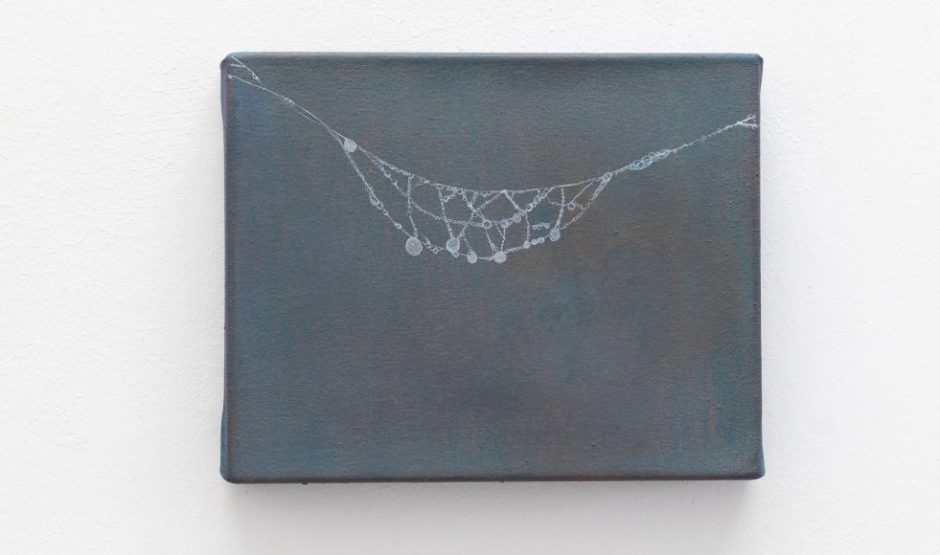In Non-Hierarchical Learning James Bury puts forward how teachers can relate to students as collaborators allowing for “cumulative development” 1 where a task can be more easily accomplished working together rather than by an individual.
Visual representations of traditional education, contemporary education, and non‐hierarchical learning

This image illustrates the different approaches between traditional education, contemporary education, and non‐hierarchical learning. Instead of the teacher being in control as in traditional education, or being perceived as an outsider of the group, power must be transferred so that each person is an equal contributor to the learning process within the group.
Bury states:
In non‐hierarchical learning, it is suggested that students should be given equal responsibility for their learning outcomes. Furthermore, it is posited that increases in achievement should be measured through personal progress, where individual achievement is not judged against other students, but in relation to past performances. This approach could allow students to develop a desire for deeper understanding and gain satisfaction from perseverance and success in difficult tasks. 2
Bury states that every student has the potential to succeed and that each and every student has the right to be provided with the opportunity to reach their full potential. Bury states that the key to this is that each student must be treated equally that classrooms and teaching must be structured in a collaborative, non-hierarchical way. Working in this way fosters shared objectives and that this allows students to join forces, multiplying their individual capacities to each their own and shared goals
References:
All quotes from: Bury, James. Non‐Hierarchical Learning: Sharing Knowledge, Power and Outcomes, https://core.ac.uk/download/pdf/153536466.pdf, accessed on 27/12/2024
